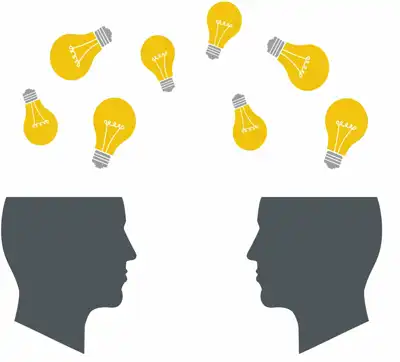Whether used in early dispute resolution or later in the litigation phase, a co-mediator can help work through issues and keep negotiations moving forward.
In insurance-related mediations, a co-mediator with knowledge of the inner workings of the insurance carrier can be especially helpful in processing the conversations and exchanges.
Similarly, in mediating complex matters (e.g., construction, coverage, or multiple-party cases), a co-mediator with particular expertise can offer knowledge and perspectives relevant to the technical and evaluative landscape of the negotiations.
Here are a few suggestions for how to strategically utilize skilled co-mediators, depending on the dynamics of the case:
- Parceling
works well when, for example, there is a coverage issue that needs to be hashed out at mediation to enable settlement. A co-mediator skilled in coverage can work with parties to determine what can be done around the issue to resolve the case.
- Shuttling
serves to work with the parties in finding points in common, to enable settlement options. Co-mediators use this shuttling technique to caucus separately (alternating rooms).
- Concurrent caucusing is when both mediators shuttle together for a “tag-team” approach to stabilize and resolve issues.
Co-mediation is a proven tool to enhance the mediation process. The parties get the benefits of varied skills and perspectives, and the mediators are able to have a “buddy system” style to guide the negotiations and work through the mediation process efficiently and collaboratively. Everybody wins!
Call us for your next mediation or arbitration!


